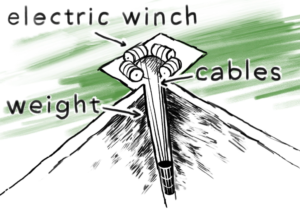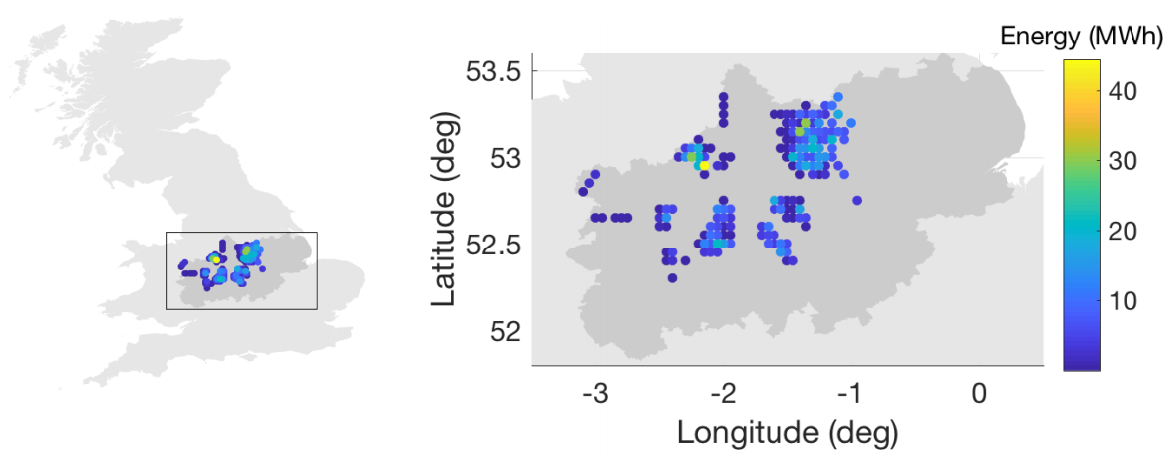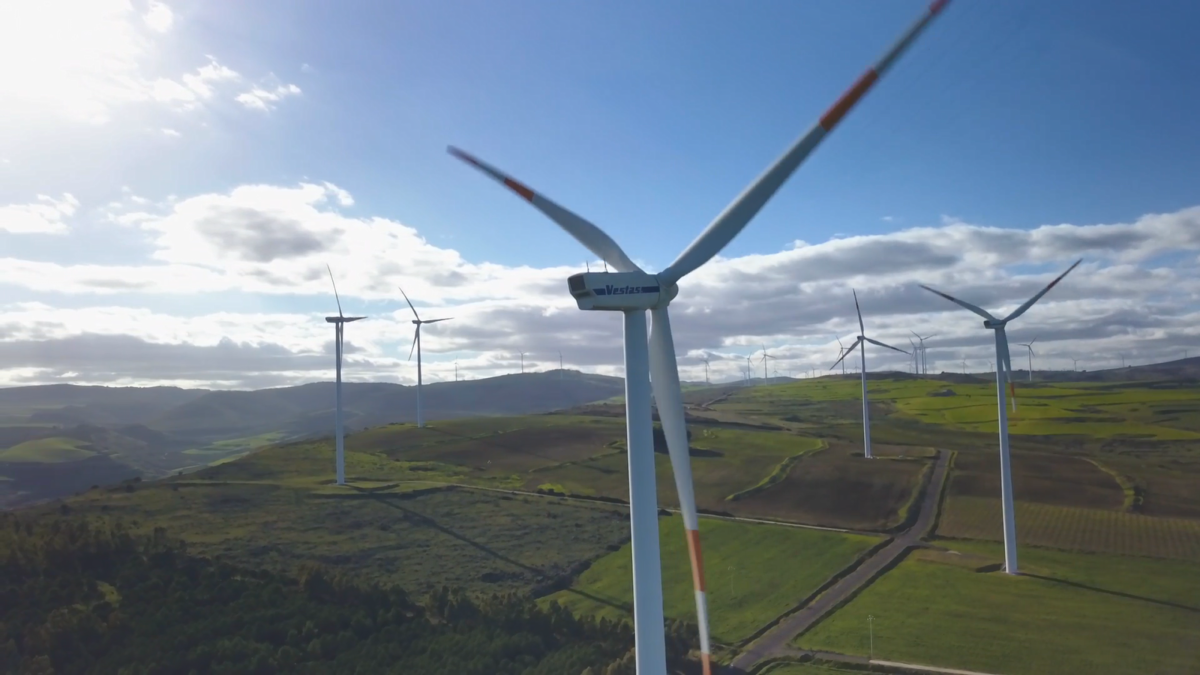Gravity-based storage using weights in mine shafts
Thomas Morstyn , of the Programme of Integrating Renewable Energy has published research on gravity storage using mine shafts. The area explored was the former coal-mining region of the Midlands, as shown in the image above. The research found there are potentially 340 mine shafts that could be converted into gravity storage units with energy capacities above 1 MWh, providing 0.804 GWh of energy storage.
, of the Programme of Integrating Renewable Energy has published research on gravity storage using mine shafts. The area explored was the former coal-mining region of the Midlands, as shown in the image above. The research found there are potentially 340 mine shafts that could be converted into gravity storage units with energy capacities above 1 MWh, providing 0.804 GWh of energy storage.
 This idea is being developed by the Edinburgh based company Gravitricity, which has the idea of installing electric winches in abandoned mine shafts. These winches would wind up weights using surplus electricity. The winches would then drop the weights (in a controlled way) when power is needed, providing bursts of power over a 15-minute to eight-hour period. The company claim its system could respond in seconds and act as a fast frequency back–up when the National Grid needs support, helping to prevent power cuts such as that which happened on 9 August 2019.
This idea is being developed by the Edinburgh based company Gravitricity, which has the idea of installing electric winches in abandoned mine shafts. These winches would wind up weights using surplus electricity. The winches would then drop the weights (in a controlled way) when power is needed, providing bursts of power over a 15-minute to eight-hour period. The company claim its system could respond in seconds and act as a fast frequency back–up when the National Grid needs support, helping to prevent power cuts such as that which happened on 9 August 2019.
Gravitricity are currently building a demonstrator model, and plan to soon install a prototype into a disused mine shaft in northern England. They say their idea could work in shafts up to 150m deep with weights up to 3000 tonnes.
Compared with other gravity energy storage technologies such as pumped hydropower, the use of suspended weights requires minimal land-use and can make use of existing excavations and technology. They have advantages over chemical batteries, as they are much more durable, and can charge and discharge many times. In addition, the weight of the drop could be adjusted to provide lower power levels over a longer period, or more power over a short timeframe. For mines, there is also the potential to combine the approach with compressed air energy storage, by sealing the underground shaft and adding a compressor and heat exchange.




